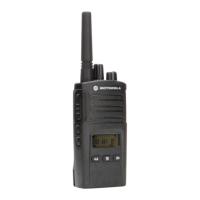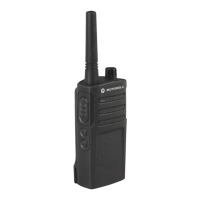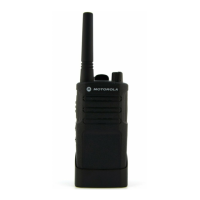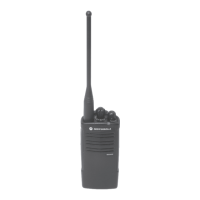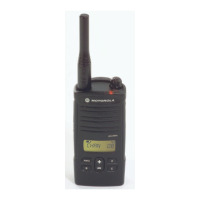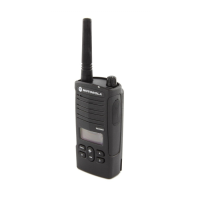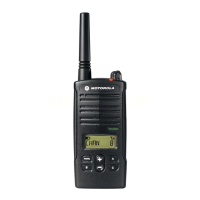PROGRAMMING
FEATURES
English
44
•
Short press the PTT button to enter
Frequency Programming Selection Mode.
Radio will announce current value ‘2’
• Press SB1 button eleven times to scroll up the
frequency list and you will hear frequency "13"
Long press the PTT button. LED Indicator will
show a heartbeat to indicate 'Idle' state.
Long press the PTT button to exit Programming
Mode or turn radio OFF.
Example of Programming a Code
Assuming current code value is set to factory
default ‘001’, and you want to change it to
CTCSS/DPL Code = 103 follow the sequence
below:
• Enter into Advanced Configuration Mode
•
Short press the PTT button twice and you
will hear "Code #" (Entering CTCSS/DPL
Programming Selection Mode).
•
Long press the PTT button. LED Indicator will
show a green heartbeat to indicate
'Programming' state.
Long press the PTT button to exit Programming
Mode or turn radio OFF.
•
•
•
•
Press and hold SB1 or SB2 will cause the radio
to increment by 10's - 10, 20, 30 ... 100, 110.
Will not hear 103. Need to release SB1 or SB2,
then slowly press/release SB1 or SB2 until the
user reaches the desired code, in this case "103"
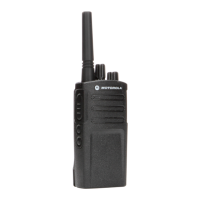
